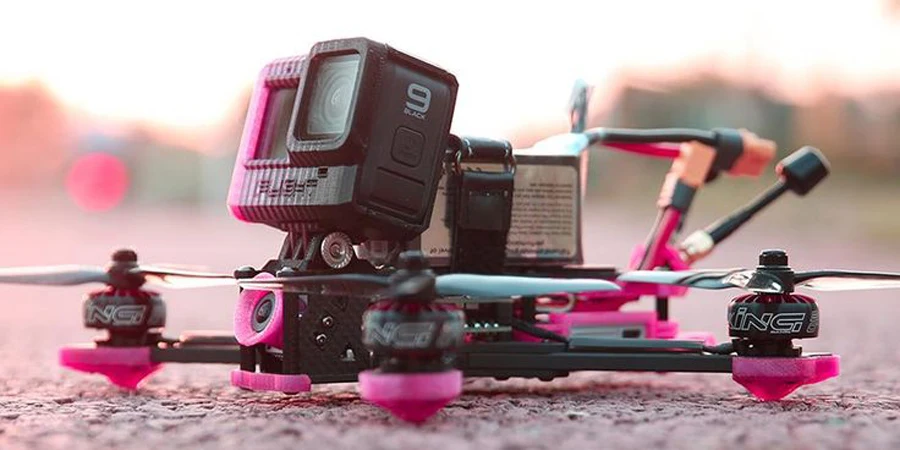In 2024, the racing drone landscape is electrified by advancements in speed, agility, and cutting-edge technology, offering enthusiasts an adrenaline-pumping flying experience like never before. This year, the evolution of racing drones marks a significant leap, blending high-performance capabilities with innovative designs to cater to both veteran pilots and those newly drawn to the thrill of drone racing. As the industry skyrockets, our comprehensive guide serves as your navigator through the dynamic market trends, critical selection criteria, and standout models that dominate the racing scene. With an emphasis on the synthesis of performance, durability, and technological sophistication, we aim to equip you with the knowledge to select the racing drone that best matches your ambitions and skill level. Let’s dive into the world of racing drones in 2024, where every pilot has the potential to soar beyond limits.
Table of Contents
1. Market overview
2. Things to consider when selecting products
3. Best products and their features
1. Market overview
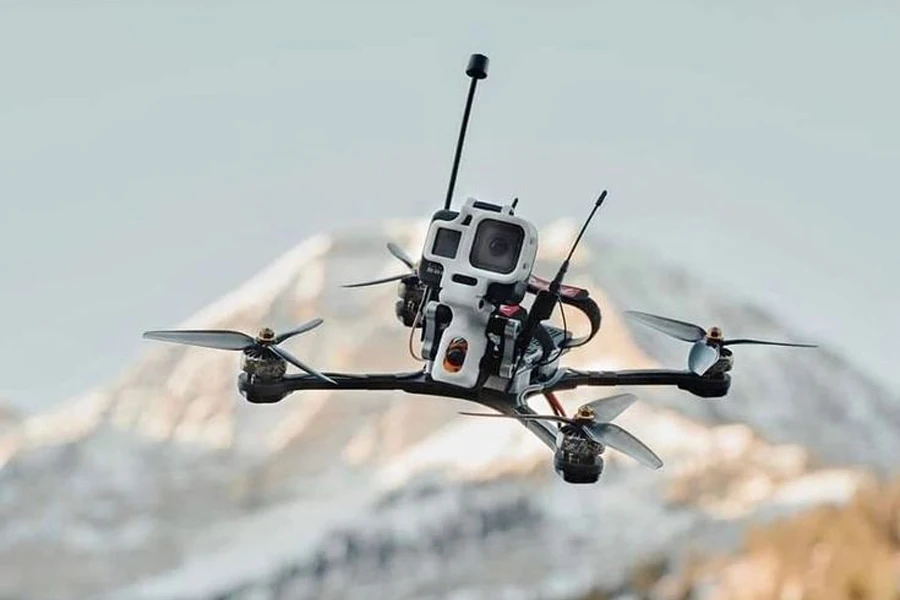
The global racing drone market is on an impressive upward trajectory, boasting a market size of $797.91 million as of 2022. This dynamic sector is projected to grow at a robust Compound Annual Growth Rate (CAGR) of 20.9% into the foreseeable future, as detailed by Polaris Market Research. North America currently leads in market share, showcasing a strong affinity for racing drone technologies. However, the Asia-Pacific region is hot on its heels, anticipated to exhibit the highest growth rates due to expanding interest and adoption rates.
The competitive landscape features key industry players such as Airjugar Technology Co. Ltd., Autel Robotics, DJI, Eachine, Guangzhou Walkera Technology CO. LTD, Hubsan, and ImmersionRC Limited, each contributing to the market’s vibrancy with innovative products and technologies. The surge in the market is largely fueled by the increasing demand for high-speed racing drones across various leagues, alongside a global uptrend in the adoption of these aerial racers. Additionally, significant investments in the research and development of advanced flying technologies are propelling the market forward.
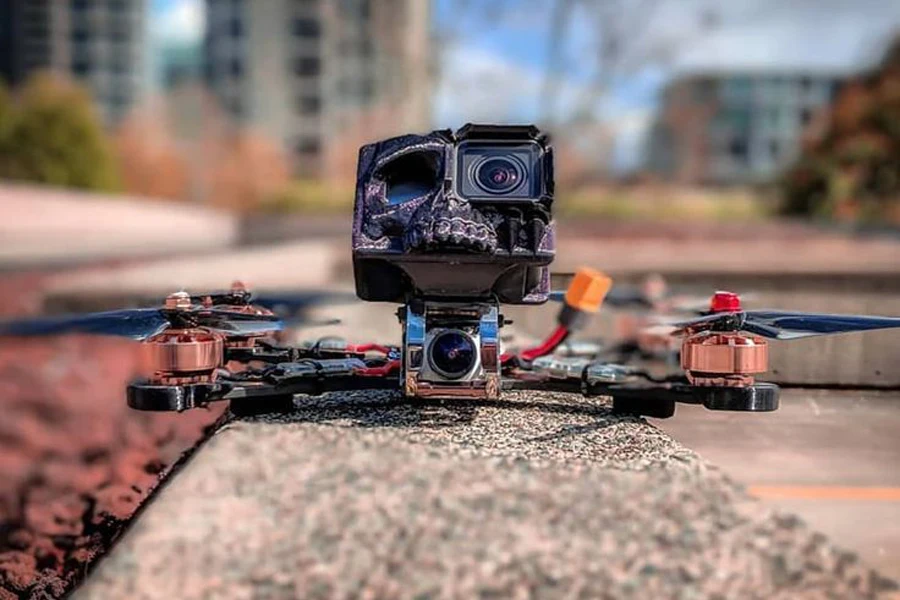
Moreover, the racing drone market is witnessing significant changes, not just in terms of technological innovations but also in regulatory environments across different regions. These shifts are influencing both the availability and features of racing drones, with manufacturers keen on adhering to evolving standards while pushing the envelope in drone performance, agility, and immersive flight experiences. As the industry moves forward, stakeholders are closely monitoring these trends to align their strategies with the market’s future direction, ensuring that enthusiasts and professionals alike have access to the best that drone racing has to offer.
2. Things to consider when selecting products
When selecting a racing drone, understanding the intersection of performance, durability, cost-efficiency, and technological features is crucial. Each aspect plays a pivotal role in determining not just the flight experience but also the long-term satisfaction and competitiveness in drone racing.
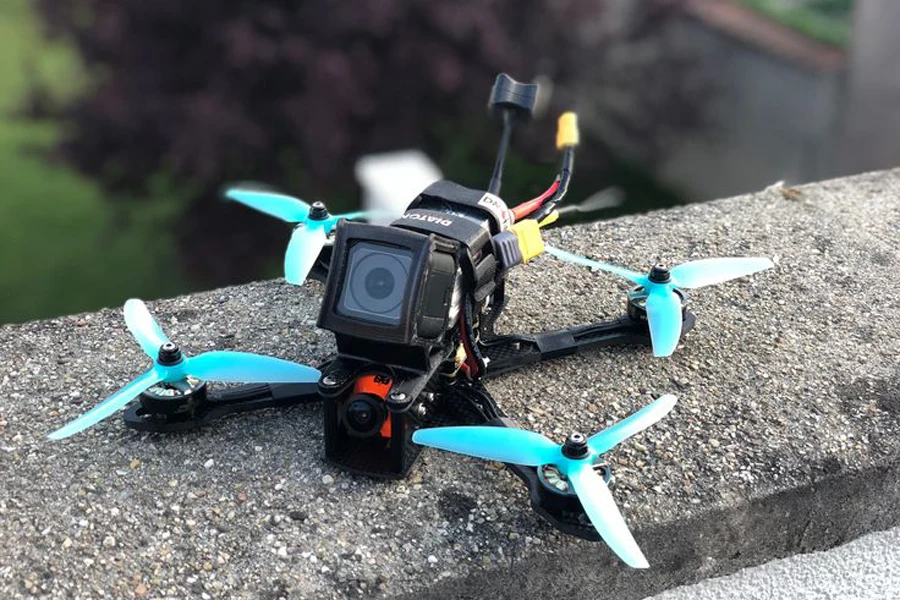
**Performance metrics** are at the heart of racing drones, where agility, stability, speed, and battery life can significantly influence race outcomes. Agility allows drones to navigate tight spaces and execute sharp turns, stability ensures smooth flight and easier control, and speed can be the difference between winning and losing. Moreover, battery life affects how long drones can stay in the air; thus, models with longer flight times are preferred for uninterrupted racing experiences. Drones like DJI Avata are celebrated for their balance of speed and stability, offering pilots an edge in competitive settings.
**Durability and build quality** cannot be overstated, as the racing environment often puts drones at risk of crashes and collisions. The frame material, often carbon fiber, contributes to both the lightweight nature of drones and their resilience against impacts. Propeller guards, waterproofing, and shock absorption features further protect the drone from damage, ensuring longevity and reliability. For instance, models like the EMAX Tinyhawk are known for their robust build and ability to withstand the rigors of racing, according to insights from flying enthusiasts and tech analysts.
**Price and value for money:** Racing drones come in various price ranges, from budget-friendly options suitable for beginners to high-end models for serious racers. Budget drones offer a cost-effective entry point, though they may lack some advanced features. Mid-range models strike a balance, offering better performance and features for a moderate price. High-end drones, while costly, provide unparalleled performance and cutting-edge technology for those serious about racing. The choice depends on the racer’s budget, experience level, and competitive needs.
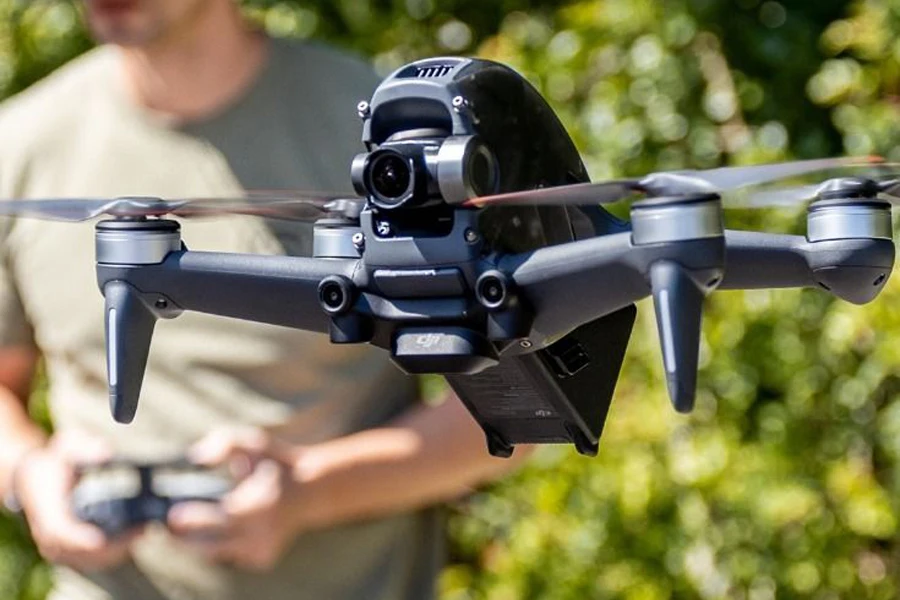
**Features and technology:** Modern racing drones are equipped with features that enhance the racing experience and performance. High-resolution cameras, wide fields of view, image stabilization, and live broadcast capabilities are just a few aspects that set top models apart. These features not only improve the quality of recorded footage but also enhance the pilot’s ability to navigate the drone in real-time, offering a more immersive and controlled flight experience.
In essence, selecting the right racing drone is a multifaceted decision that balances performance, durability, cost, and technological advancements. Whether a novice or a seasoned pilot, understanding these key factors will guide you toward a drone that meets your racing aspirations and skill level.
3. Best products and their features

In the rapidly evolving world of racing drones, selecting the right model can be daunting. However, certain products stand out for their exceptional features, catering to both novice pilots and seasoned racers. The **Walkera F210 3D** and **Ryze Tech Tello** are notable for their beginner-friendly design and affordability, offering a solid entry point for those new to drone racing. The Walkera F210 3D, with its robust design and 3D flight capabilities, provides an exhilarating experience for new pilots, while the Ryze Tech Tello impresses with its educational applications and ease of use, making it an excellent choice for budget-conscious racers seeking quality and functionality.
For pilots who prefer compact, versatile drones, the **ImmersionRC Vortex 150 Mini** and **EMAX Tinyhawk Freestyle BNF** are standout options. These pocket drones are designed for agility and durability, featuring high-quality cameras that make them suitable for racers of all skill levels. The ImmersionRC Vortex 150 Mini is praised for its powerful performance in a small package, while the EMAX Tinyhawk Freestyle BNF is celebrated for its robustness and ability to deliver a freestyle flying experience that appeals to both beginners and experienced pilots alike.
At the pinnacle of racing drone technology, the DJI Avata and iFlight Nazgul 5 represent the best overall and freestyle options, respectively. The DJI Avata is renowned for its user-friendly design, exceptional stability, and immersive flight experience, making it a top choice for pilots seeking a blend of performance and ease of use. On the other hand, the iFlight Nazgul 5 excels in freestyle racing, offering a perfect balance of speed, agility, and durability, with support for the latest video systems to capture every thrilling moment.
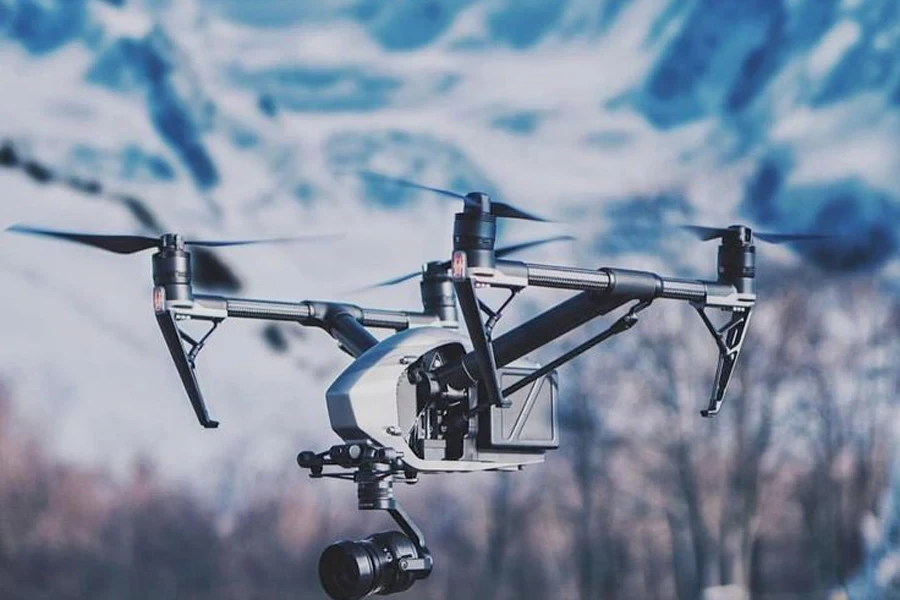
For those looking for comprehensive solutions, the BetaFPV Cetus Kit and DJI FPV offer all-in-one packages that cater to beginners and cinematography enthusiasts. The BetaFPV Cetus Kit provides everything needed to dive into the world of FPV racing, including a user-friendly design and educational resources. Meanwhile, the DJI FPV combines high-definition filming capabilities with the adrenaline of high-speed racing, offering advanced features that appeal to both filmmakers and competitive racers.
Each of these models brings something unique to the table, from ease of use and affordability to advanced filming capabilities and high-speed performance. Whether you’re taking your first steps into drone racing or looking to elevate your cinematography from the skies, these drones offer the features and capabilities to meet a wide range of needs and preferences.
Conclusion
In the dynamic arena of racing drones in 2024, the selection process extends far beyond mere aesthetics to encompass a comprehensive understanding of market trends, performance metrics, and advanced features. The rapid growth of the market, fueled by technological innovations and an expanding enthusiast base, underlines the necessity of staying informed about the latest developments and offerings from leading manufacturers. Therefore, as you navigate through the choices of racing drones available in 2024, it is imperative to align your selection with your personal racing goals, experience, and budget. With the right drone, every race becomes an opportunity to experience the thrill of flight, pushing the boundaries of speed and agility for an exhilarating adventure in the skies.
